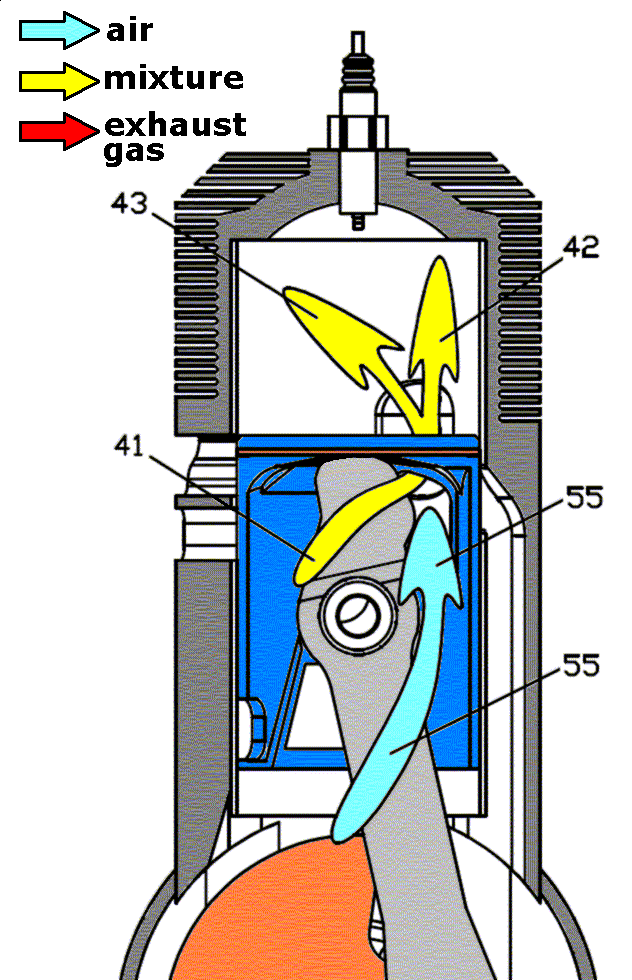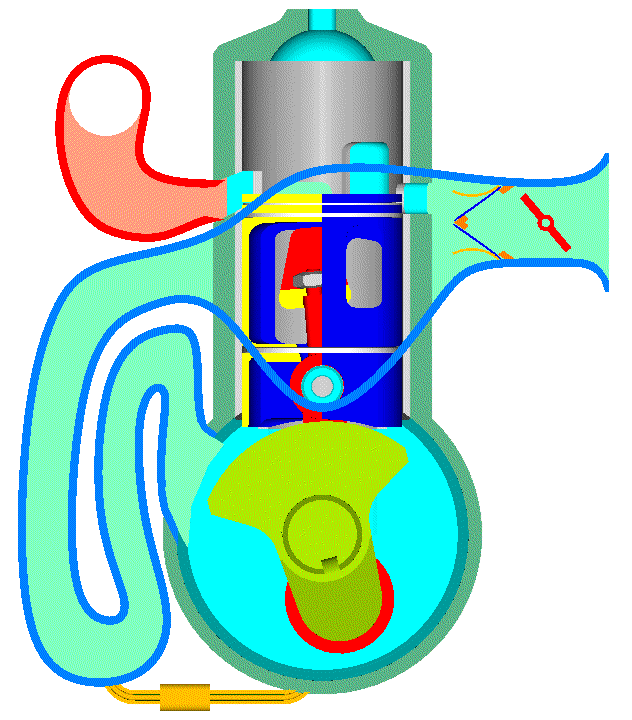In the following design, a buffer of clean air at the top of the transfer “pipe” through which the crankcase communicates with the transfer ports, reduces the unburned fuel in the exhaust of indirectly injected two-strokes.
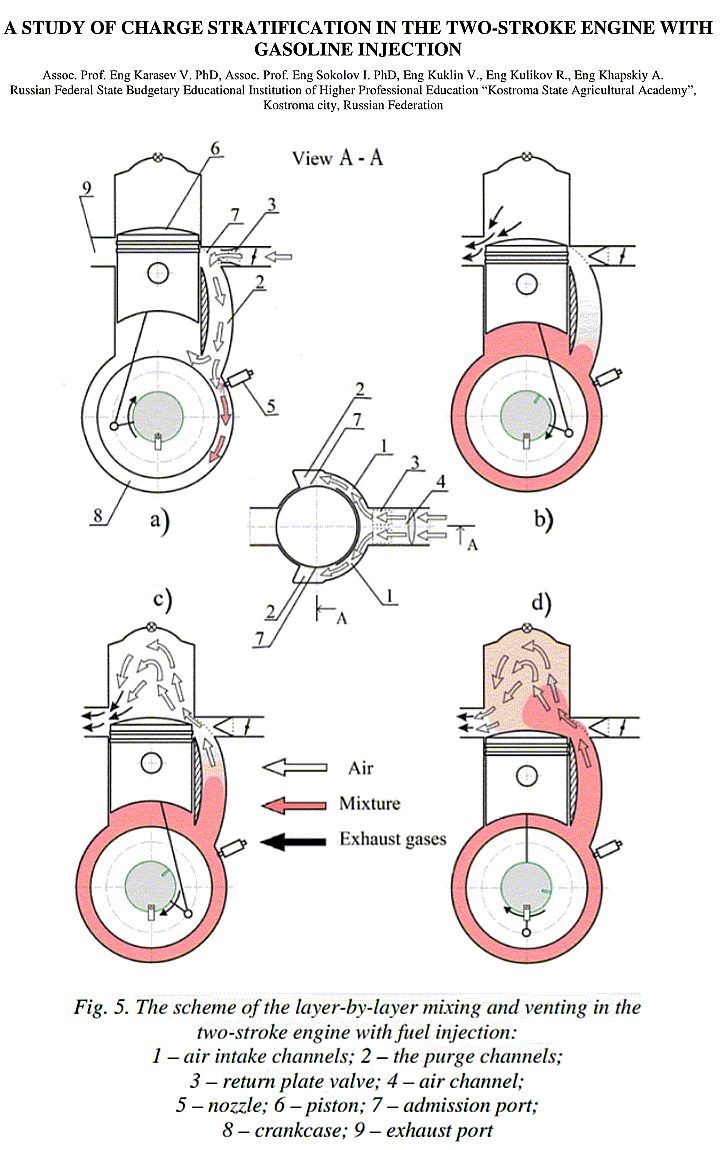
Undoubtedly it is an improvement (reduced emissions, improved fuel efficiency).
But, is it a solution?
From the closing of the transfer ports to the closing of the exhaust port there is plenty of time for the entered into the combustion chamber air-fuel mixture to escape unburned to the exhaust.
Things are worse.
The available time for the fresh mixture to be lost to the exhaust is longer.
With the reasonable assumption that the air-fuel mixture starts entering into the combustion chamber when the piston is at its BDC (till then only air is entering into, and is scavenging the, cylinder), the time available for the mixture to escape unburned to the exhaust is anything but short (typically, it corresponds to some 60 degrees of crank rotation).
Take now a look at the PatATeco 2-stroke engine design at http://www.pattakon....konPatATeco.htm
Here is a PatATeco design for, say, chainsaws (carburetor).
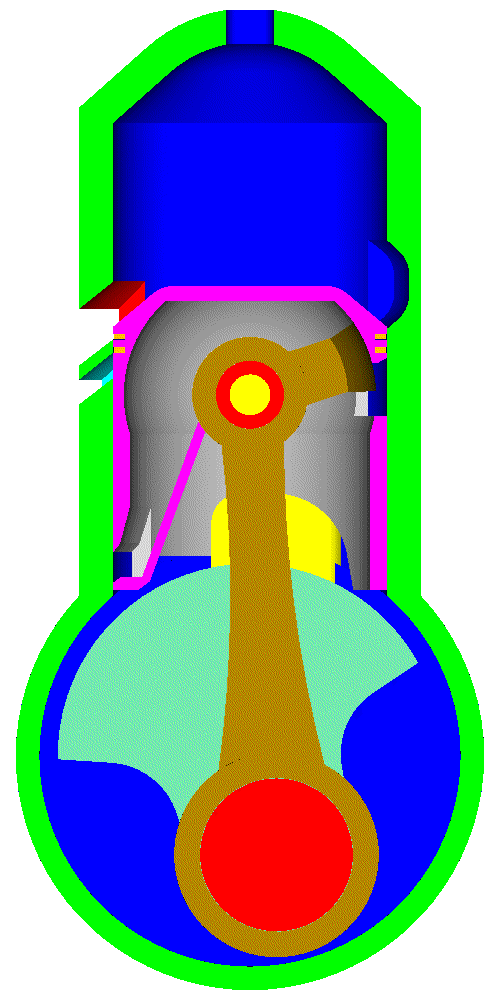
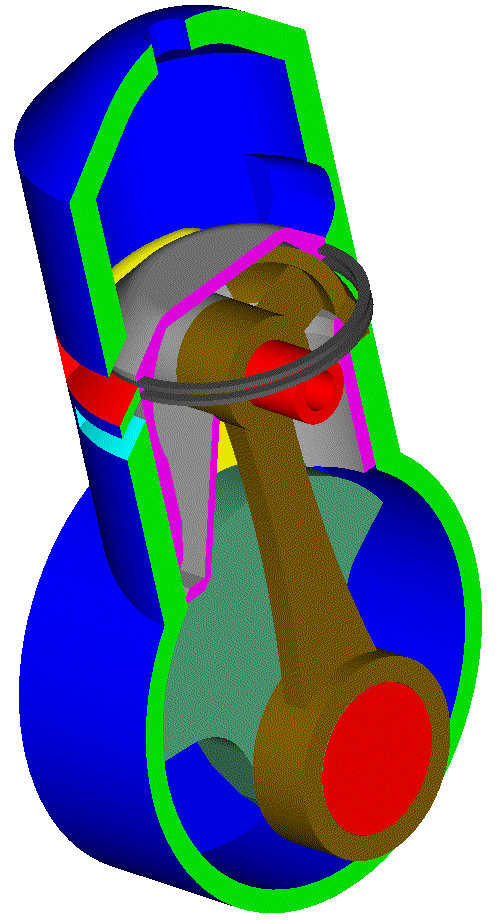
The scavenging is realized with air from the crankcase.
The transfer of the mixture happens after the closing of the exhaust, which means that the fuel cannot escape to the exhaust before participating in one, at least, combustion.
Here is an indirectly injected PatATeco (stereoscopic animation):
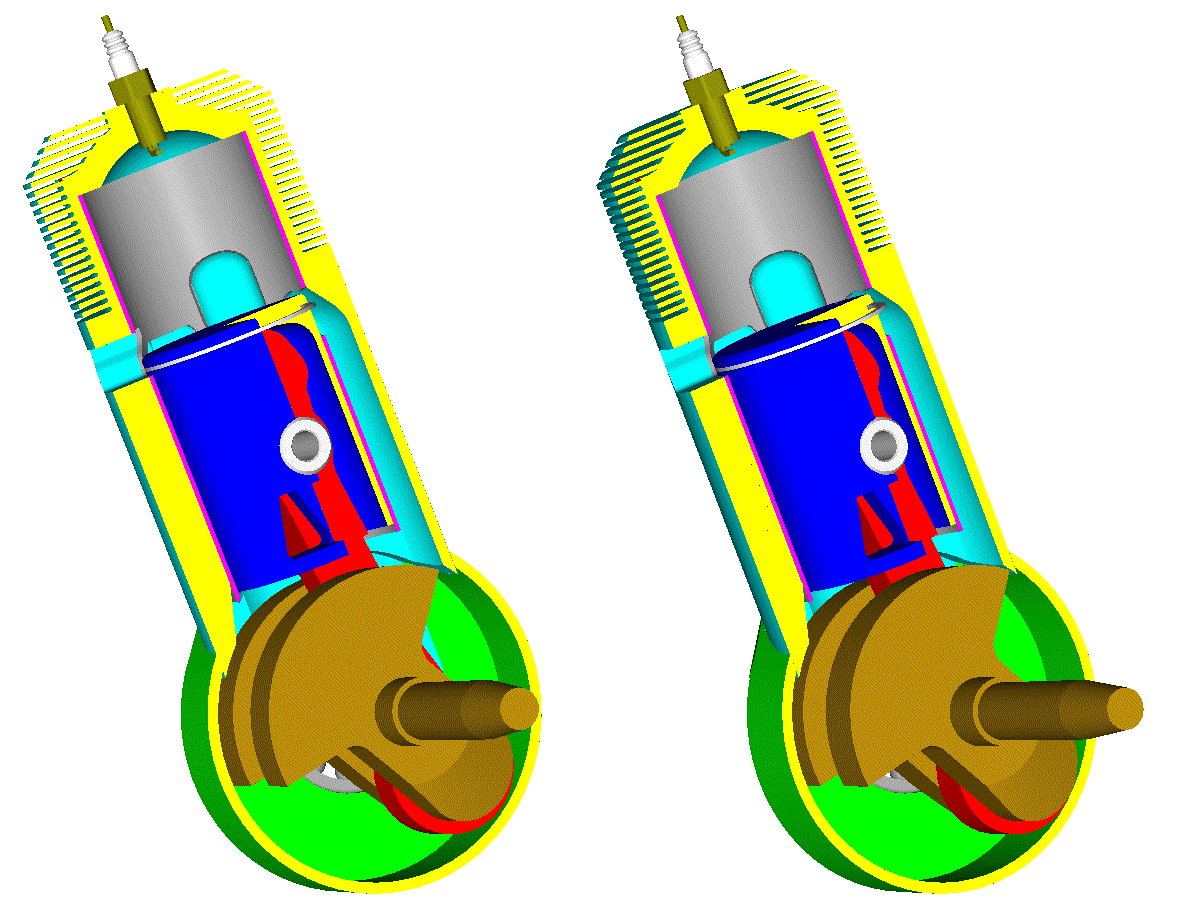
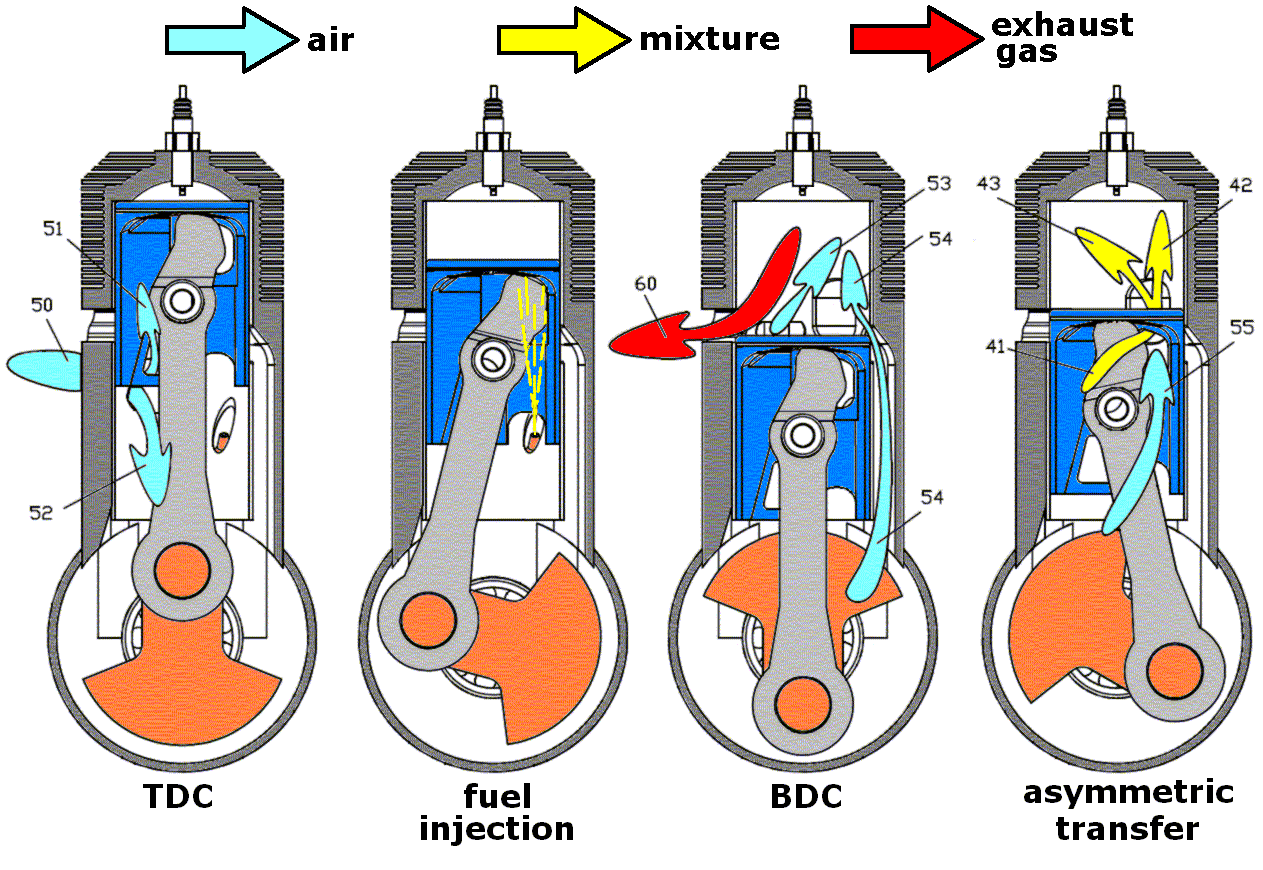
The injection resembles with the "oil jet cooling system" used in several four-stroke engines wherein: "a jet of pressurized engine oil is directed to the underside of the piston to help dissipate the extreme heat generated during sustained high rpm operation".
Here is an indirectly injected PatATeco having 4-stroke lubrication and external scavenging pump:
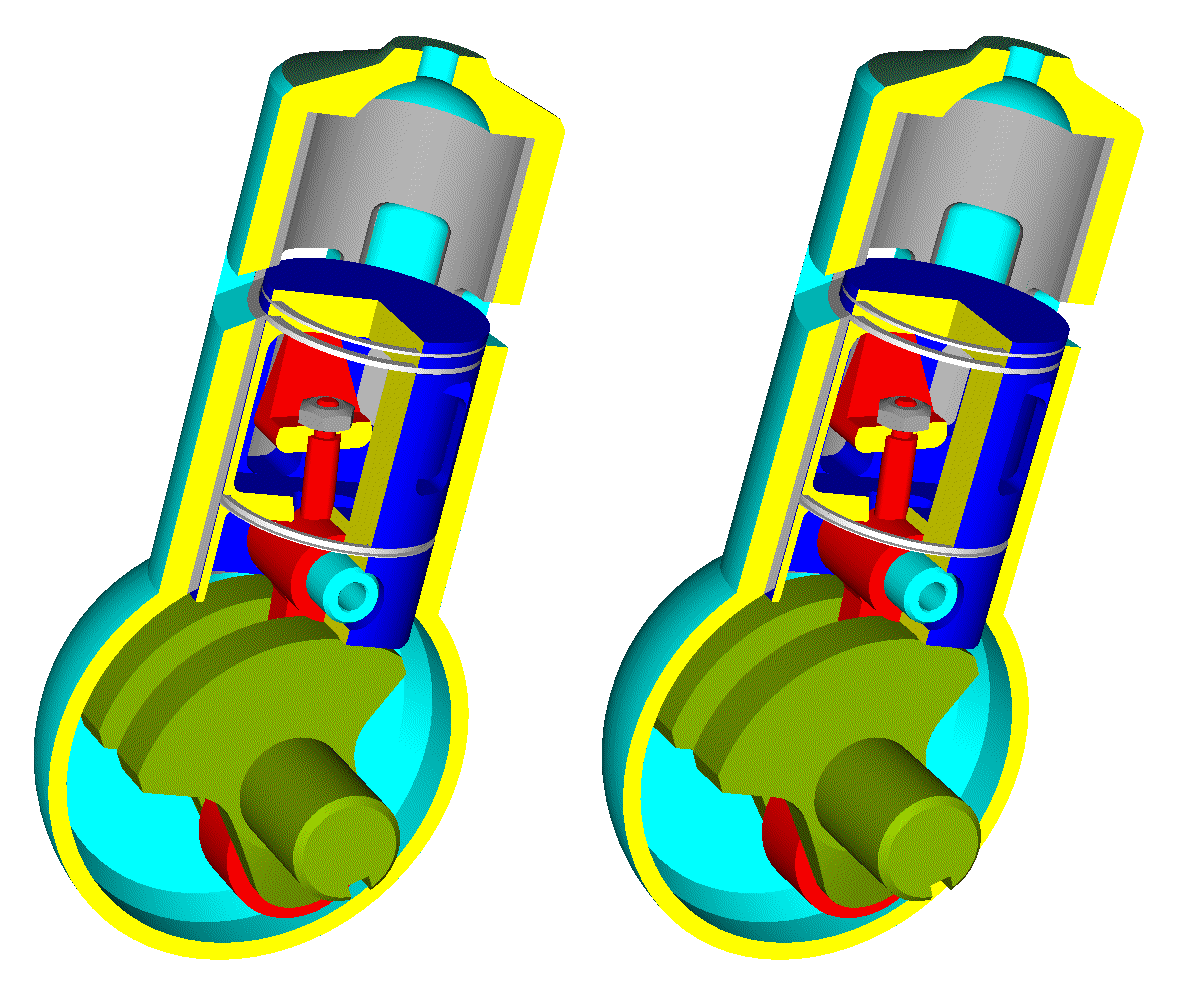
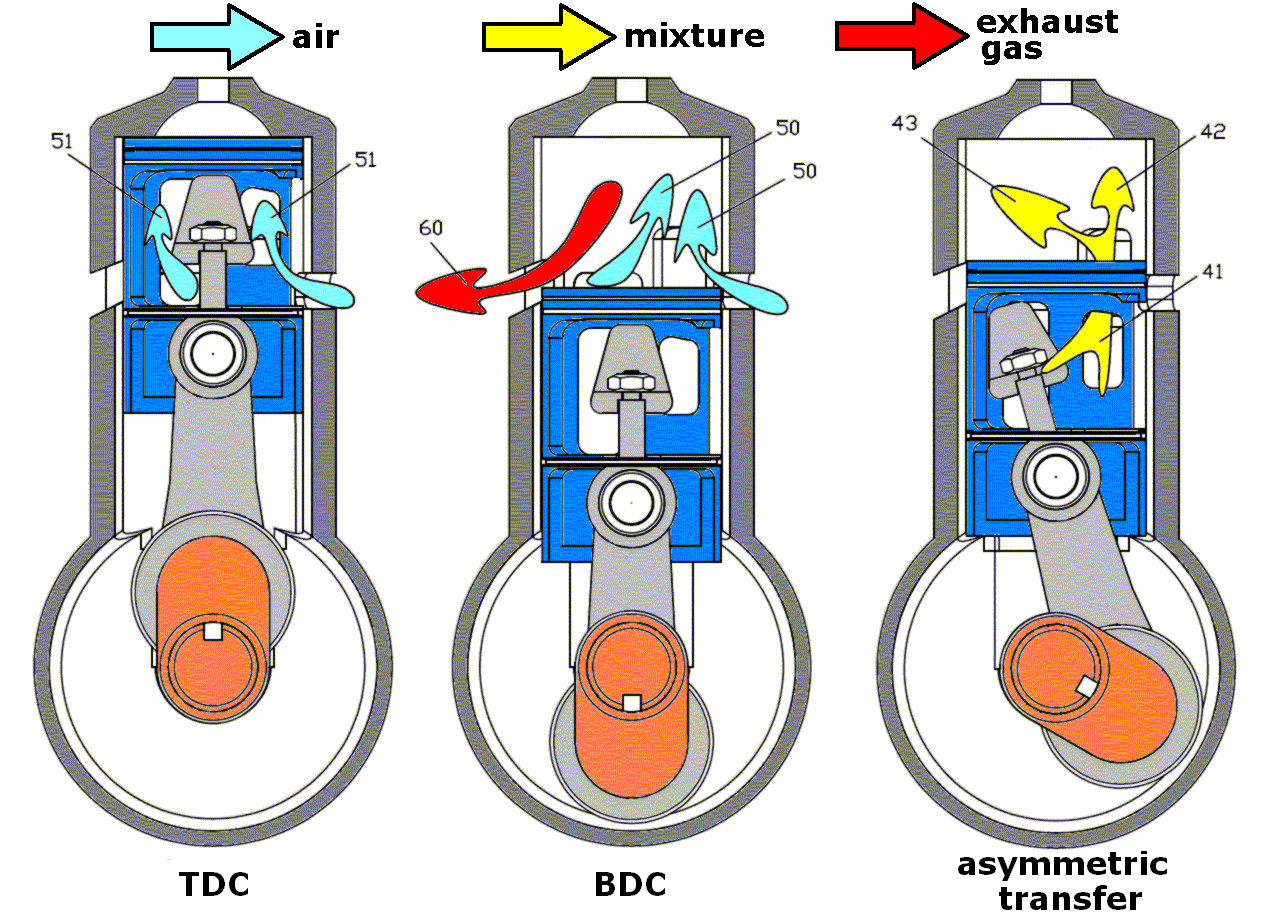
Thoughts?
Questions?
Objections?
Thanks
Manolis Pattakos
Edited by manolis, 14 October 2016 - 03:42.



